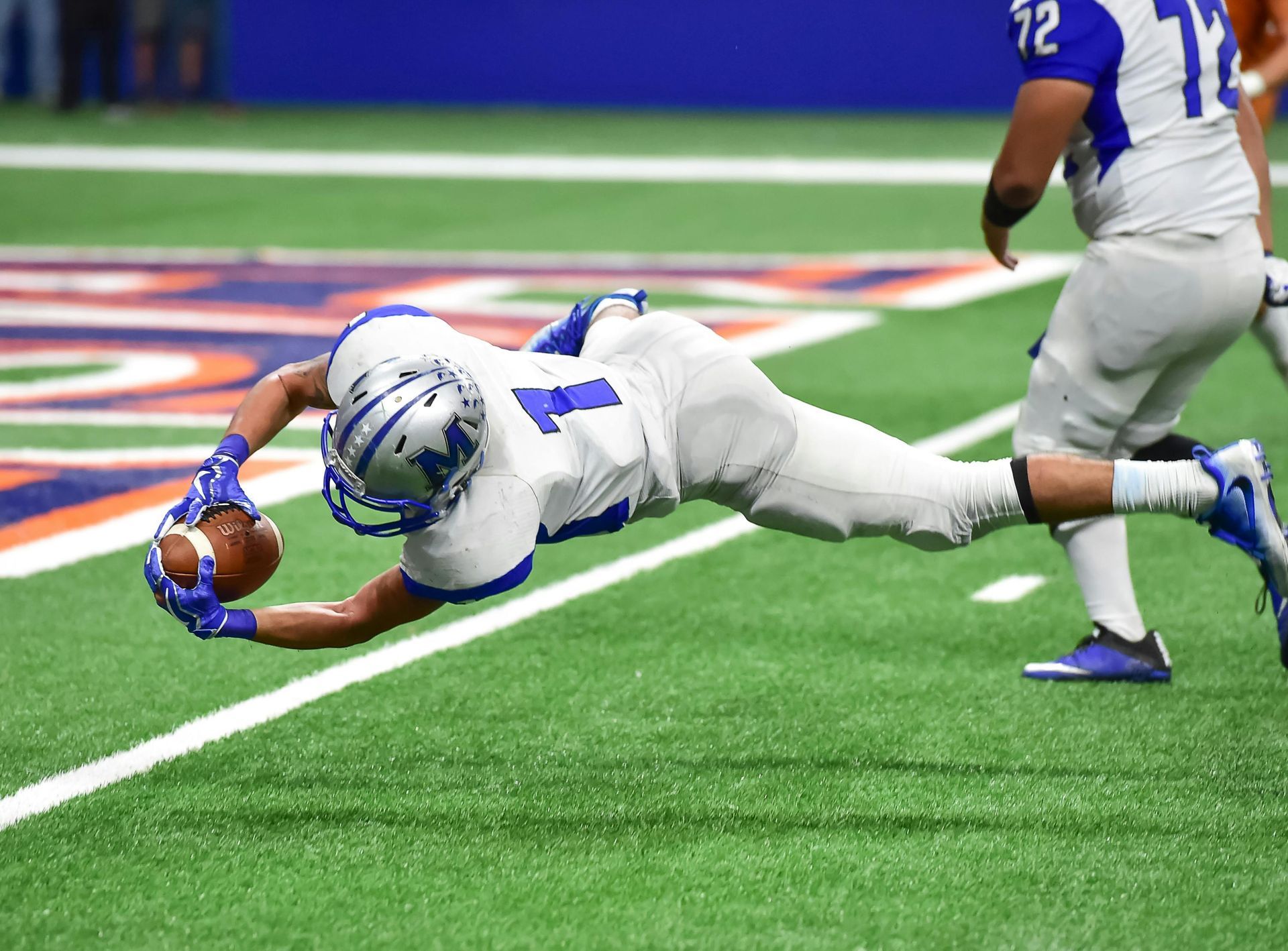Latest Research Updates on Concussions
Stay informed about the most recent findings and advancements in concussion research, essential for athletes, parents, and healthcare providers.


Recent Advances in Concussion Research
Key Findings in Concussion Studies


Understanding Concussion Impacts
Latest Insights
Stay updated with our most recent blog posts that delve into the latest findings and advancements in concussion research and care practices. Explore expert insights and practical advice to enhance your understanding.
Recent Blog Highlights
Understanding Concussion Recovery
Explore our latest article discussing innovative recovery strategies and the importance of personalized care in concussion management.
Debunking Concussion Myths
Read our recent post that tackles common misconceptions about concussions, providing clarity and evidence-based information.
Concussion Awareness: Key Statistics
Concussions In Cycling
Concussions are a significant concern in cycling, with statistics indicating a considerable number of cycling-related head injuries, especially in crashes. Research suggests that in any bicycle crash, the risk of a head injury is 10-15%, and 90% of those head injuries involve a concussion. Cycling accounts for a substantial portion of concussion cases in the US, with some sources stating it accounts for almost 20% of all concussion cases, the highest percentage of any sport.
Understanding Concussion Research
What are the latest findings in concussion research?
How can research improve concussion care?
What should I know about concussion symptoms?
How can I get involved in concussion research?
Concussions In Football
Concussions are a significant concern in football at all levels, with statistics indicating a prevalence in youth and professional leagues. A 2024 study found that 5% of youth football players (ages 5-14) sustain a concussion each season. In the NFL, the number of concussions reported in the 2023 regular season was 219, a slight increase from 213 in 2022. Concussions are frequently linked to tackling and helmet-to-helmet impacts. SOURCE
